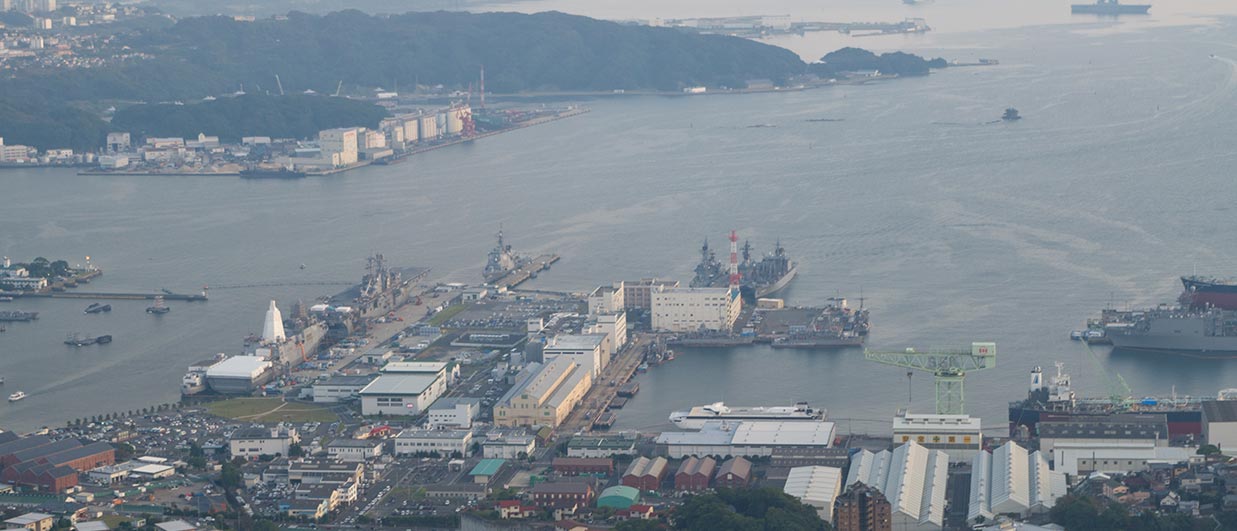Interregional cooperation in Maritime Spatial Planning kick-started at a joint meeting in Copenhagen
Two new European projects will improve transnational coordination in Maritime Spatial Planning (MSP) in the North and Baltic Sea. Because human activities and their impacts do not stop at national sea borders, there is a need for coordination among national Maritime Spatial Plans and planning processes.
With this in mind relevant MSP authorities will cooperate over the coming three years within the two sister projects “NorthSEE” and “Baltic LINes”, funded through Interreg. Both projects are led by the German Federal Maritime and Hydrographic Agency. The meeting in Copenhagen launched the first ever joint implementation of two MSP projects in the North and Baltic Sea, increasing synergy even across two sea-basins. Together with expert institutions as well as sector stakeholders, they will work on developing coherent transnational planning solutions on a large spatial scale.
Offshore windfarms, cables and pipelines, shipping routes connecting major harbours, fishery and fish, unique nature conservation areas: the North Sea and Baltic Sea have it all. All these human and natural activities require space in the sea. And with a growing amount of human activity, the demand for space will be growing too. Coordination among different sectors is important to prevent conflicts, foster co-use and synergies and thereby ensure sustainable development. To stimulate this process, the European Union has recently adopted legislation requiring all coastal EU countries to plan their maritime activities. These national Maritime Spatial Plans have to be coherent and coordinated within the sea basin, and finalized by 2021 (EU MSP Directive 2014).
Shipping routes, energy corridors and environmental protection are those issues which are of a highly transnational nature. Thus, the Baltic LINes project aims at developing pan-Baltic planning solutions for shipping routes and linear energy infrastructure and integration of these in national plans. This prevents cross-border mismatches and secures transnational connectivity as well as efficient use of sea space. NorthSEE also aims to improve cooperation between the MSP authorities in the North Sea Region and to achieve greater coherence between national plans and planning processes in the fields of shipping, energy and environmental protection.
Coordination is more successful when it is backed up with evidence, such as data and information on natural conditions, current and planned uses, future trends and resulting needs for shipping and energy as well as environmental concerns. The reduction of ice-covered areas due to climate change may for instance have dramatic consequences for shipping routes. To obtain information, the NorthSEE and Baltic LINes projects actively involve stakeholders to integrate their input in the process. This is partly done by using an innovative gaming tool, called MSP Challenge, which engages participants in scenario building and reflects upon questions of future challenges.
The NorthSEE and Baltic LINes projects work closely together, share findings and thereby strengthening the outcome of both projects. At the joint meeting in Copenhagen, partners engaged in the MSP Challenge to get to know each other as well as the set-up of the simulation game. When both projects have finished in three years’ time, transnational coherent planning solutions will be on the table, information and data portals will be set up, the network of stakeholders will be larger and closer and concrete recommendations for MSP coordination will be suggested to relevant governments.
Both projects are funded by the Interreg V cooperation programme. Lead partner is the Federal Maritime and Hydrographic Agency, BSH.
Learn more about the projects: www.northsee.eu and www.balticlines.eu.





